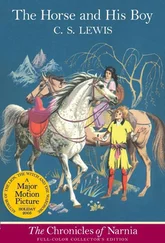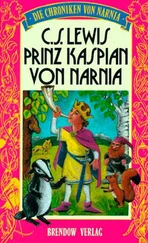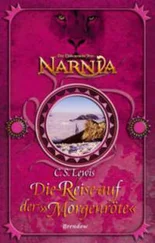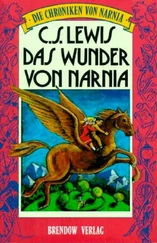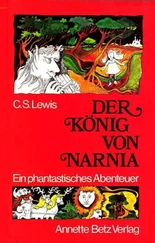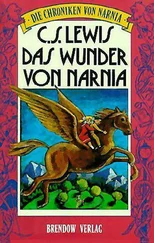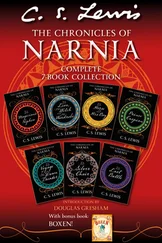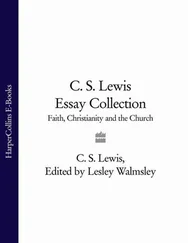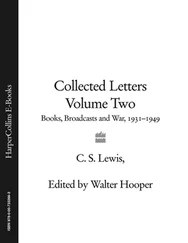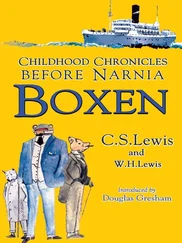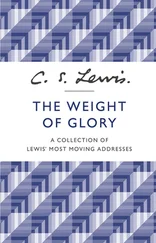9The word planta– ‘a young tree’–appears in Virgil, Georgia , II, 23.
10See Owen Barfieldin the Biographical Appendix to CL I, pp. 979-82. Barfield was one of Lewis’s oldest friends and also his lawyer.
11‘ritual’.
12John Masefield (1878-1967), Poet Laureate 1930-67.
13See the biography of Nathan Comfort Starr, Professor of English at the University of Florida in Gainesville, in CL II, p. 809n. His essay on Lewis, ‘Good Cheer and Sustenance’, appears in Remembering C. S. Lewis .
14Lewis’s group of friends, the Inklings, met regularly every Tuesday morning in the Eagle and Child (‘Bird and Baby’) pub in St Giles.
15p.p. See Abbreviations.
16Sarah Neylan (later Tisdall) was Lewis’s eleven-year-old goddaughter. See Mary Neylanin the Biographical Appendix to CL II, pp. 1054-5.
17Rhona Bodle, from New Zealand, arrived in England in 1947 to study the education of deaf children. That same year she began teaching at Oakdene School for girls in Burgess Hill, Sussex. In December 1947 she began reading Lewis’s Broadcast Talks (London: Bles, 1942) and this led her to write to him. She became a Christian in 1949. See her biography in CL II, p. 823n. Her notes to Lewis’s letters are in the Bodleian Library, MS. Eng. lett. c. 200/4.
18See Charles Walter Stansby Williams(1886-1945) in the Biographical Appendix to CL II, pp. 1081-6.
19Edmund Spenser, The Faerie Queene (1590, 1596), I, xi, 45, 6: ‘It chaunst (eternal God that chaunce did guide)’.
20See Sister Penelope CSMVin the Biographical Appendix to CL II, pp. 1055-9.
21In 1948 Sister Penelope began asking Lewis’s advice about a story she was writing, to be called ‘The Morning Gift’. She was never able to find a publisher. It is first mentioned in Lewis’s letter to Sister Penelope of 8 April 1948 (CL II, p. 848).
22This was probably a reference to Sir Herbert Butterfield’s Christianity and History (London: Bell, 1949).
23Sister Penelope’s St Bernard on the Love of God, De Diligendo Deo, newly translated by A Religious of C.S.M.V . (London: Mowbray, 1950).
24In a letter of 29 November 1944 to his son Christopher, Professor J. R. R. Tolkien said that he and Lewis ‘begin to consider writing a book in collaboration on “Language” (Nature, Origins, Functions)’ (The Letters of]. R. R. Tolkien , ed. Humphrey Carpenter (1981), p. 105). By 1948 it had got as far as being called Language and Human Nature in an announcement of forthcoming books from the Student Christian Movement, who expected it to be published in 1949. In the end, it was never written. Emperor Augustus used ‘on the Greek Kalends’ for ‘Never’.
25Edward A. Allen and his mother, Mrs Belle Allen, lived at 173 Highland Avenue, Westfield, Massachusetts. They were very generous to the Lewis brothers, and sent them numerous parcels of food over the years. For the beginning of the correspondence see Lewis’s letter to Allen of 3 January 1948 (CL II, p. 827).
26John Strachey (1901-63), a British Socialist writer and Labour politician, who served as Minister of Food, 1946-50.
27Vera Mathews (later Gebbert) was living at this time at 510 North Alpine Drive, Beverly Hills, California. She supplied the Lewis brothers with vast quantities of food during the lean years following the war.
28See Edward Thomas Dell, Jr in the Biographical Appendix to CL II, p. 1025. At this time Dell was a student at Eastern Nazarene College, Wollaston, Massachusetts.
29In a letter of 12 December 1949 Dell had asked whether ‘evil is an illusion’. Lewis replied on 19 December 1949: ‘I don’t think the idea that evil is an illusion helps. Because surely it is a (real) evil that the illusion of evil shd. exist. When I am pursued in a nightmare by a crocodile the pursuit and the crocodile are illusions: but it is a real nightmare, and that seems a real evil’ (CL II, p. 1010). Continuing the discussion, Dell asked in a letter of 26 January 1950: ‘If the illusion of the crocodile is evil isn’t it so because of man’s sin rather than a basic relationship set up either by an evil or uncontrolled by a finite God?’ (Bodleian Library, MS. Eng. lett. c. 220/4, fols. 89-90).
30Nothing is known of this American nun who, it appears, wanted to know why Lewis was not a Roman Catholic.
31See Nicolas Zernov, Spalding Lecturer in Eastern Orthodox Culture in the University of Oxford, in the Biographical Appendix.
32Henry Norman Spalding (1877-1953), philanthropist. In his early life Spalding came across a book about the history of India which kindled in him an interest in the Far East. He settled in Oxford and devoted himself to the attempt to cultivate better relations between the West and the East by fostering scholarly approaches to the history, art, religion and philosophy of Oriental countries. He was so impressed by the work of Nicolas Zernov that in 1965 he founded the Spalding Lectureship in Eastern Orthodox Culture, with Zernov as its first holder.
33Mrs Frank Iones, who was still sending food parcels to Lewis, wrote from 320 Brookside Road, Darien, Connecticut.
34 The Problem of Pain (London: Bles, 1940; HarperCollins, 2002).
35The Old Testament.
36Mr Lake had presumably asked Lewis about the association of planetary intelligences and eldila with angels in his interplanetary trilogy, Out of the Silent Planet (London: John Lane, 1938), Perelandra (London: John Lane, 1943) and That Hideous Strength (London: John Lane, 1945). Lewis was later to write about these angels or daemons in The Discarded Image: An Introduction to Medieval and Renaissance Literature (Cambridge: Cambridge University Press, 1964), ch. 3, pp. 40-2.
37For years Lewis had been publishing some of his poems under the pseudonym Nat Whilk (or N.W.)–Anglo-Saxon for ‘I know not whom’. In Perelandra (1943; HarperCollins, 2000), ch. 1, p. 13, he quotes a note on the eldila or angels by one ‘Natvilcius’, which is Latin for ‘Nat Whilk’.
38See Daphne Harwoodin the Biographical Appendix to CL II, pp. 1050-1. Mrs Harwood, the wife of Cecil Harwood, had not been well.
39i.e., her husband.
40Bede (c. 673-735) established the date of Easter in his De Temporum Ratione (written in 725).
41Christopher Fry, The Lady’s Not For Burning (1949).
42John, the Harwoods’ eldest son, was Lewis’s pupil at Magdalen College. See his biography in CL II, p. 300n.
43Sylvia was one of the Harwoods’ daughters.
44See the biography of Walter Ogilvie ‘Woff Field in CL II, p. 572n. Field, like Cecil Harwood, was a teacher at Michael Hall School, Kidbrooke Park, Forest Row, Sussex.
45See Roger Lancelyn Greenin the Biographical Appendix to CL II, pp. 1039-43. At this time Green was living at 119 Woodstock Road, Oxford,
46Lewis’s original title for what became Prince Caspian: The Return to Narnia (1951) was ‘A Horn in Narnia’ (since it was Queen Susan’s magic horn which drew the children back to the rescue of Prince Caspian).
47See Lady Freudin the Biographical Appendix to CL II, pp. 1033-6. June Flewett (known familiarly as ‘Jill’) had been evacuated to Oxford at the beginning of the Second World War, and ended up living at The Kilns during 1943-5, helping Mrs Moore and the Lewis brothers. After graduating from the Royal Academy of Dramatic Art, London, in 1947, she became an actress, using the screen name Jill Raymond.
Читать дальше

